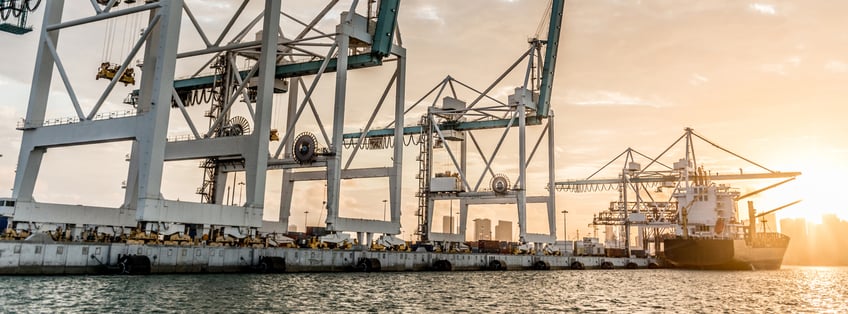
Forced labor has been a consistent topic in the supply chain world for years. As a result, there is a wealth of information regarding forced labor and the initiatives taken globally to act preventatively. There are multiple indicators of forced labor, including isolation, restriction of movement, withholding of wages, deception, excessive overtime, and intimidation. Many statutes address forced labor, including:
- USMCA
- Trafficking Victims Protection Act
- Uyghur Human Rights Policy Act of 2020
- Global Magnitsky Human Rights Accountability Act
- Countering Americas Adversaries Through Sanctions Act
- Uyghur Forced Labor Prevention Act
Different statutes consist of laws and regulations attempting to prevent the act of forced labor. As of April 2022, China had the highest number of Withhold Release Orders (WROs) and (Forced Labor) Findings.
- 54 total WROs from October 1991 are active.
- 9 total Findings from March 1992 are active.
In a statement released by Xinjiang Supply Chain Business Advisory in July 2020, "businesses and individuals that do not exit supply chains, ventures, and/or investments connected to Xinjiang could run a high risk of violating U.S. law."
The WROs were issued for products based on the geographical region of China. The WRO of January 2021 was issued against products produced in whole or in part in the Xinjiang Uyghur Autonomous Region (XUAR). Many of these products are seen in our everyday life - such as cotton, tomatoes, and covered products (textiles, apparel).
The more recent act, Uyghur Forced Labor Prevention Act, went into effect June 2022. This act imposed an extensive import ban on goods mined, produced, or manufactured in whole or in part in XUAR. This act effectively assumed all goods with a connection to Xinjiang were made with forced labor, therefore banning all trade made with XUAR entirely. The exception of clear and convincing evidence of a clean supply chain allows for a potential exception of the ban.
To help regulate a clean supply chain, importers can take action in cleaning out their supply chain.
- Educating their suppliers on forced labor.
- Reviewing all components from raw materials to the finished goods.
- Establishing audit trail of supply chain traceability documents.
- Proving the absence of forced labor prior to import with necessary evidence.


